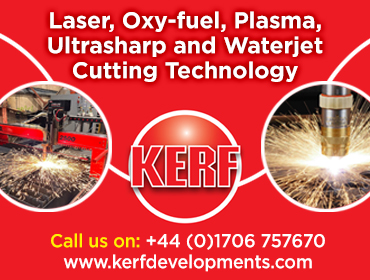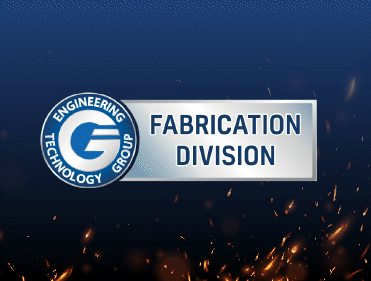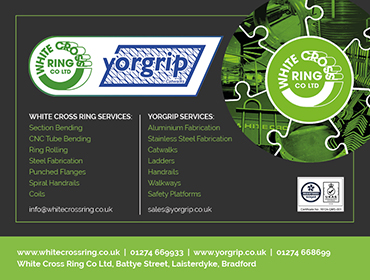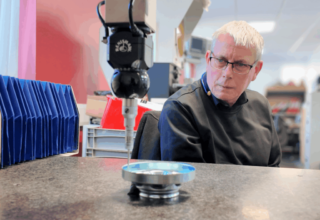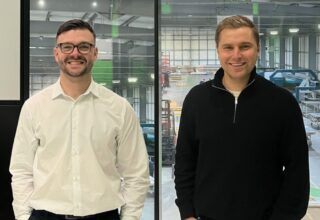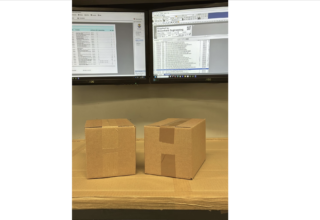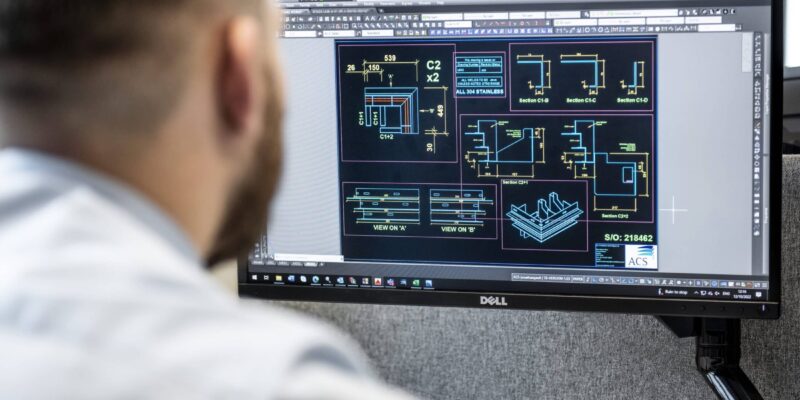
The role of ACS Stainless Steel Fixings has changed in recent years. Now far more than a manufacturer, the company is adding throughout the design process, working hand in hand with architects, specifiers, contractors, and clients to deliver award-winning products that contribute to safer, smarter, and more sustainable buildings.
Technical Manager JJ Wragg explains how they are staying ahead of the curve with new software investments.
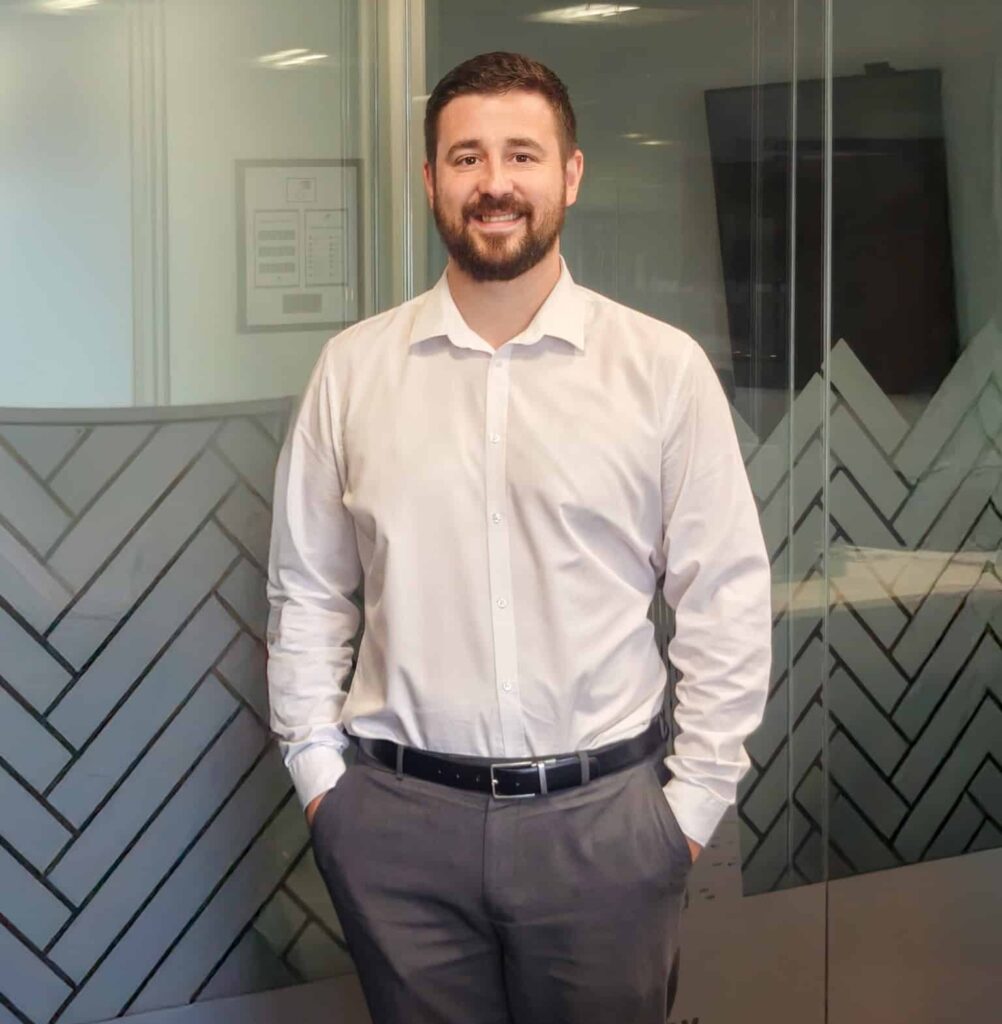
Design-Led: Supporting Your Projects from Day One
The way we build is changing, and ACS has quickly adapted to meet the demands of this evolving industry, not just by innovating in our product range, but by supporting our clients earlier in the construction journey – often from the initial design stage.
While not all manufacturers are set up to offer this kind of integrated design support, ACS is leading the way, and one of the reasons why is our continuous investment in innovation – not just in products, but also in the software and systems we use to enhance collaboration and efficiency.
“We’ve always been focused on staying ahead of the game,” says JJ. “Our team has used AutoCAD for a long time – I’ve been working with it since I was 16 – but in recent years, we’ve made a major shift to Revit and BIM modelling, which is transforming how we collaborate with our clients.”
Revit is now at the core of ACS’s technical strategy. As a 3D modelling tool used in Building Information Modelling (BIM), it allows the technical team to build detailed digital models of façade and fixing systems from the earliest stages of design – helping clients visualise and refine their projects long before installation begins.
“This approach gives customers – particularly architects and engineers – a more holistic view,” JJ explains. “We’re building full 3D models within Revit, often right from RIBA Stage 2. These models are continuously updated to reflect project changes, improving accuracy and speeding up design reviews.”
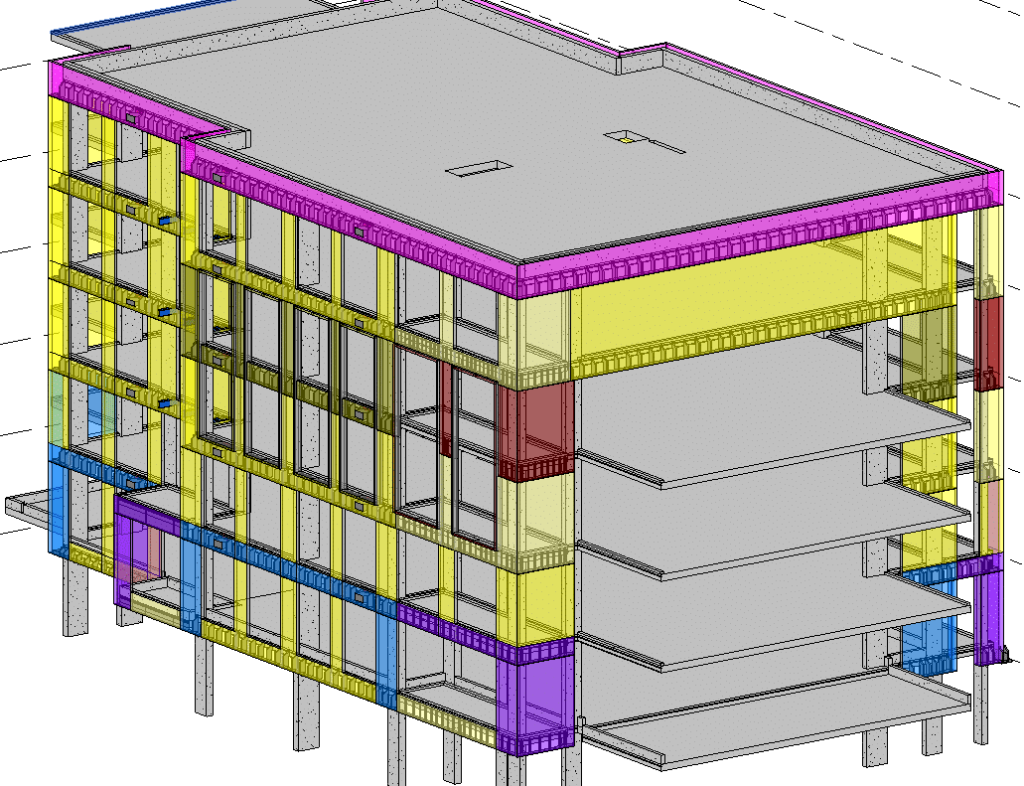
The benefits of digital modelling
Revit is transforming how we collaborate with clients and deliver projects with precision and speed, as JJ continues: “Modelling in Revit allows us to streamline detailing by increasing accuracy, which reduces the overall turnaround time spent to achieve approval. That increase in speed is matched by improved quality control, giving clients greater confidence at every stage of the process.”
Contractors on site also benefit directly. The ability to view and interact with the 3D model enables them to clearly understand how components should be installed – helping prevent delays, reduce risk, and eliminate guesswork. While architects and engineers use the models for clash detection too, identifying potential issues long before they reach site. This early insight means we’re solving problems before they happen, rather than reacting to them during installation.
And at the design stage, Revit gives us a valuable opportunity to contribute to project development. As JJ explains: “Often, we’ll spot elements in early drawings that don’t quite work in practice. Instead of simply flagging problems, we offer value-engineered alternatives that maintain the design intent while improving buildability and cost-efficiency.”
Helping clients think differently
“We’re not just building models for the sake of it,” says JJ. “What we’re doing is helping clients think more deeply about their design – supporting them to develop practical, high-performance façades that work both visually and structurally.”
This kind of partnership has already made a difference on several high-profile projects – and JJ’s team is regularly commended for their proactive, solutions-focused approach.
“It’s all about collaboration,” he adds. “We work hand in hand with customers, as well as architects, and our own internal teams. And increasingly, we’re supporting site teams too – offering Teams calls, digital walk-throughs, and in-person visits where needed.”
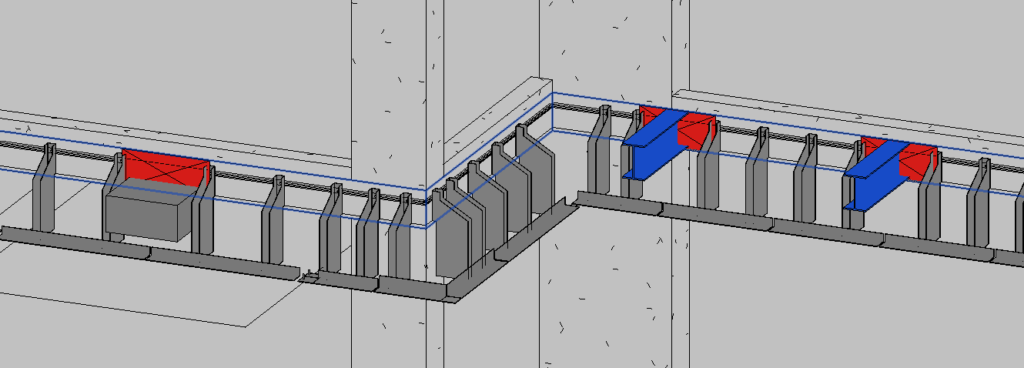
Continuous innovation
As a department, the ACS technical team is continually learning and developing for now and for the future: “We’re investing in our people; that means apprentices and mentoring to ensure everyone is trained to the highest standard. It’s exactly how I came through the ranks at ACS – and it’s something I’m passionate about.”
For JJ and the wider ACS team, the goal is simple: keep innovating, keep improving, and keep delivering more value to every project: “It’s an exciting time to be in construction,” he concludes. “And with the tools and talent we’ve got, ACS is well positioned to shape what comes next.”





